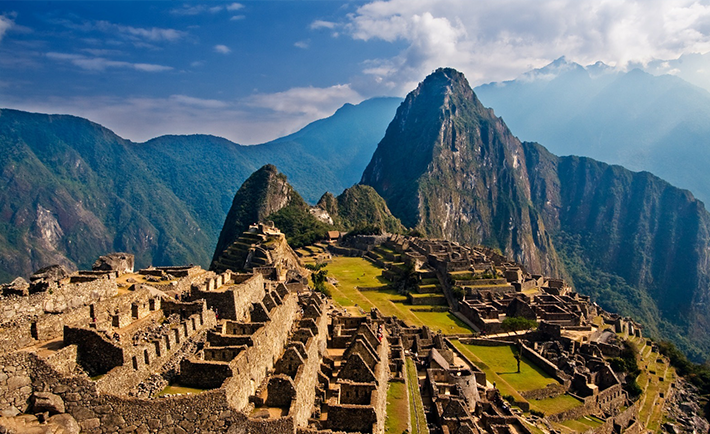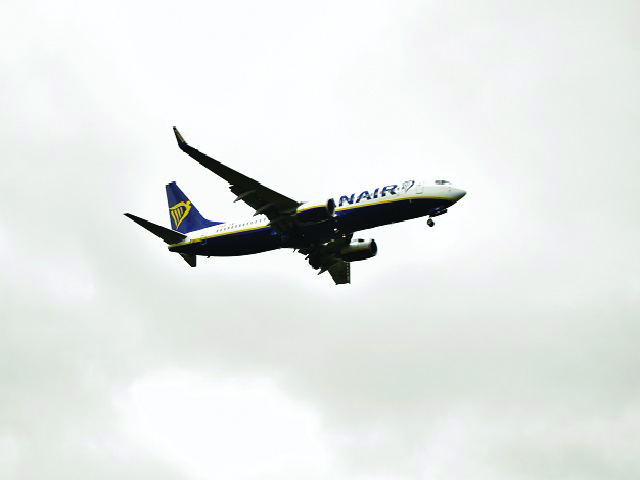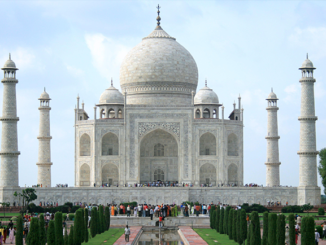
For me, South America is like an ex-boyfriend that I’ll never get over. My infatuation began at the age of 17, when studying the Amazon in Leaving Cert geography, and continued until I had a three month fling with the continent when I turned 21.
With about four outfits; one backpack; my trusty smartphone; passport; enough Dioralyte to last a year and one loyal travel companion, I boarded a flight to Peru and embarked on a 91 day journey. Between us we had one plan and one plan only; we needed to be in Rio De Janeiro for our flight back to Dublin by September 19th – everything in between we had yet to figure out.
First on our list was Peru, home to some of the world’s most picturesque natural landscapes. Peru has a rich traditional culture that has managed to remain relatively unspoiled by tourism and the Incan ruins of Machu Picchu should be a priority. I highly recommend that visitors do a hiking trail instead of a bus as it is much more rewarding experience.
If you can only visit one country in South America make it Bolivia. It’s hard to believe that one country can be home to such diverse landscapes. The must sees include La Paz, where you can experience Jungle Salt Flat and Death Road trips; and Salar de Uyuni with its blood red lakes, geysers and flamingos.
If wildlife is your thing then the Pampas tour is for you. While touring the Amazon Basin visitors get up close and personal with alligators, sloths, turtles, several breeds of bird, monkeys and even swim with pink fresh water dolphins (yes they are a thing). Alternatively, adventurous backpackers can mountain bike down what has been dubbed, “the most dangerous road in the world”. Sounds inviting right?
The coastal country of Chile is often overlooked when planning the Gringo trail but after meeting so many Chileans on our travels we decided we had to check it out for ourselves and we were pleasantly surprised. With their bizarre food and drink combinations and incomprehensible currency, Chile is certainly an interesting country. One Chilean Peso is 0.0013 of a euro, so it’s important to keep your wits about you, even locals will sometimes mistakenly hand over 1,000’s of pesos without realising.
In the Chilean capital, Santiago, expect colourful streets to match the colourful history. Experience first hand the unique coffee shops, which double as strip clubs where women wear next to nothing while serving scalding hot coffee. Also worth a visit is the charming city of Valparaiso, to see the vibrant street art.
The next leg of our journey brought us to Argentina, home to the stunning lakes of Patagonia and the metropolitan capital of Buenos Aires. From the picturesque architecture and amazing markets, I was smitten with Buenos Aires. Unlike many Latin American cities where night life is restricted to weekends, here there is non stop partying every night of the week. Make sure you don’t leave the city without learning how to tango.
In Brazil, we entered a Portuguese-speaking country. My favourite thing about Brazil was the local people, Brazilians are some of the most friendly, affectionate and hospitable people in the world. A visit to Rio De Janeiro was certainly a highlight. Rio is absolutely huge and again there is so much to do, whether it be drinking Capirihinias in one of Lapa’s street parties, paragliding or simply lazing on one of its sandy beaches, it was a great way to finish off a hectic trip.
What To Bring:
- Dollar bills in Argentina can be exchanged on the “blue market” for ridiculous exchange rates, so much so that you could even double your spending money.
- Dioralyte – Dehydration is a common problem among travellers, sachets of dioralyte will fix you right up (they also work wonders for hangovers).
- Clothes for different climates – At one stage in our trip we went from the sweltering 35 degree heat of the jungle to the -15 temperatures of Uyuni within a matter of days; pack for the most extreme types of weather and everything in between.
- Toilet paper and soap is not a standard feature of toilets in South America so carrying your own at all times is a must.
- Deet – To avoid getting eaten alive by bugs, pack the strongest insect repellent you can find. The higher the deet the better, anything from 50 – 100 deet is pretty strong. Once you land in South America it’ll be difficult to find repellent with deet higher than 25. Also pack antihistamines and vitamin B supplements (insects tend not to like blood with a high vitamin B content).
- Be prepared to sleep in adverse conditions at all times; earplugs, a blanket and an eyemask will be your best friends on those 20 hour buses.
- Before visiting South America travellers will need to have vaccinations for Tetanus, Diptheria, Hepatitis A, Typhoid and Yellow Fever. These can be gotten from Tropical Medical Bureaus around Ireland.
Where to stay:
- Wild Rover Hostels – This Irish chain of hostels boasts the comfiest beds in South America (though with UV parties, 2 for 1 cocktails and clubs that stay open until 7am it’s unlikely that you’ll spending a lot of time in them). Wild Rovers can be found in the cities of Cusco and Arequipa in Peru and La Paz in Bolivia.
- Milhouse – Similar to the Wild Rover, Milhouse Hostels can be found in Buenos Aires and Cusco. These are great for making friends so lone travellers should definitely make staying here a priority.
Aoife O’Neill
Image: Eboechat via Flickr.com




Leave a Reply